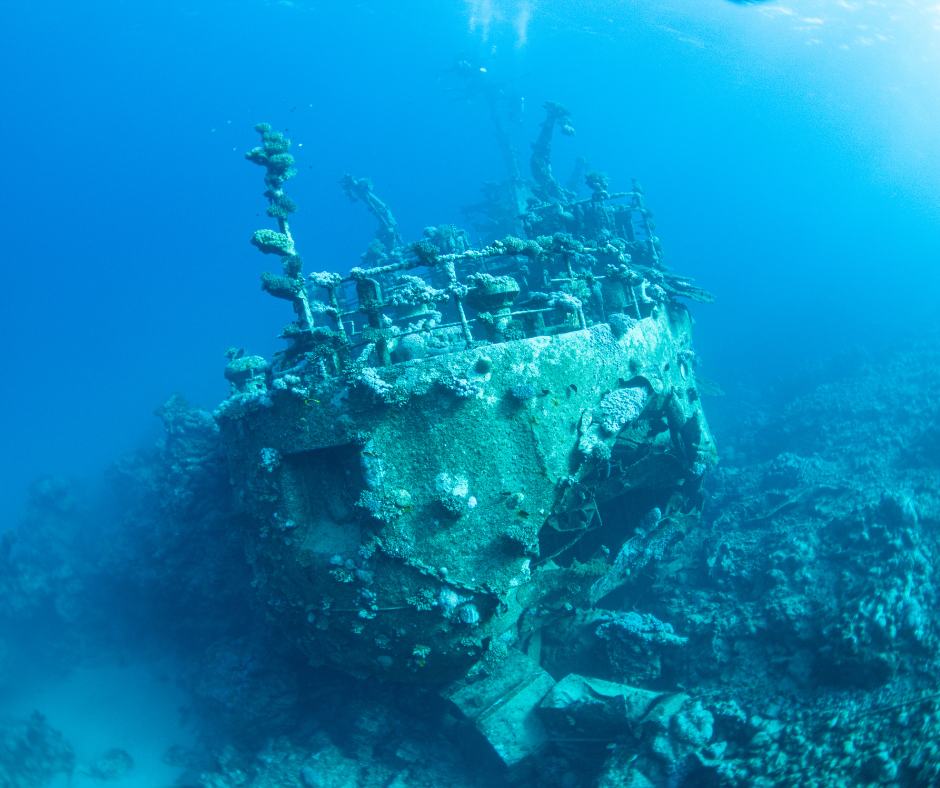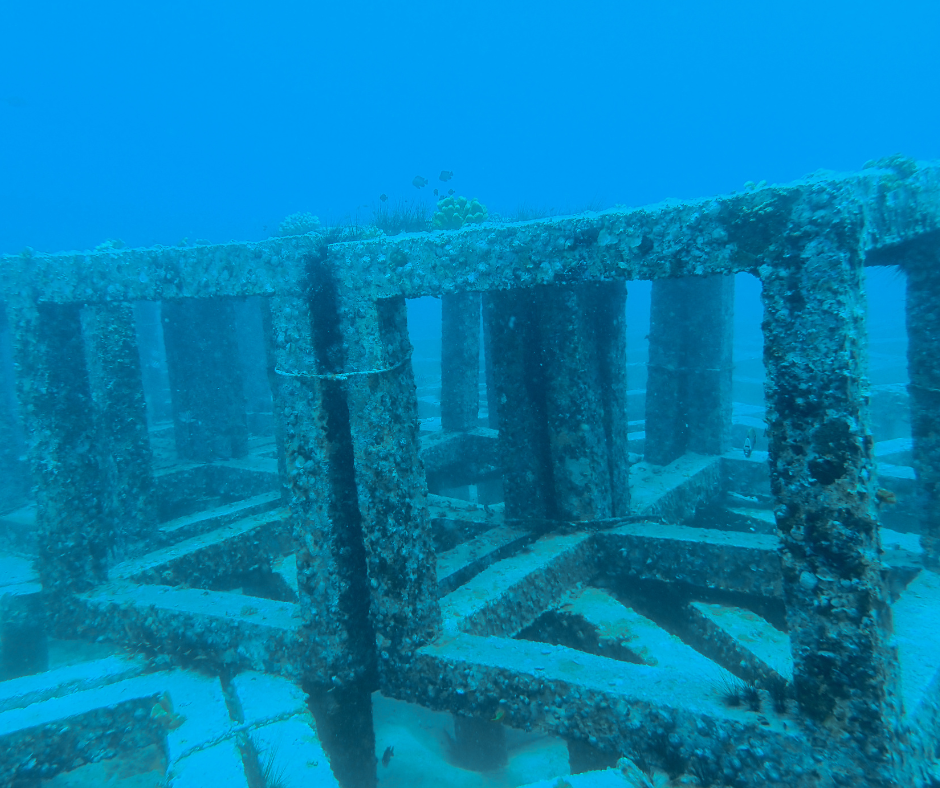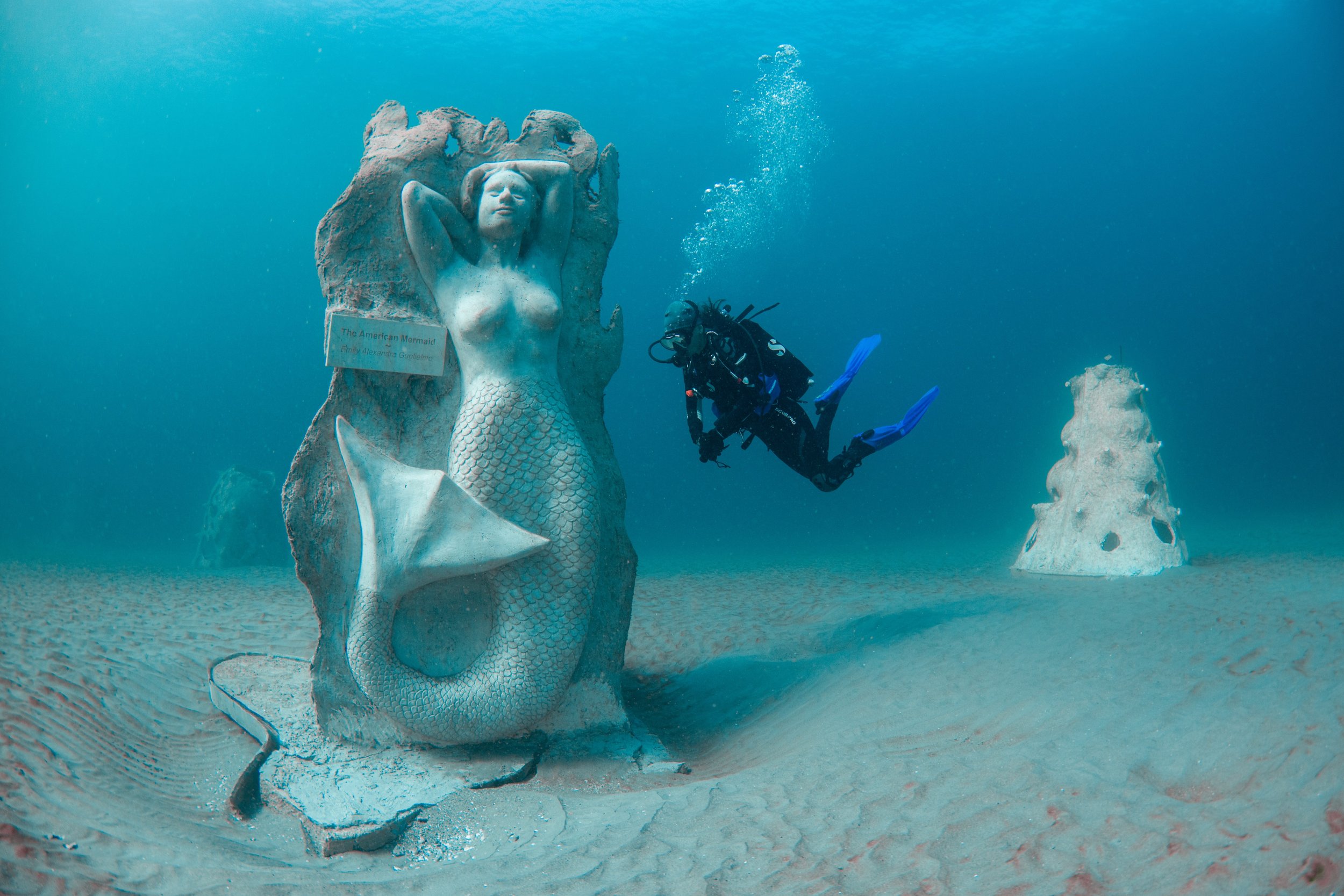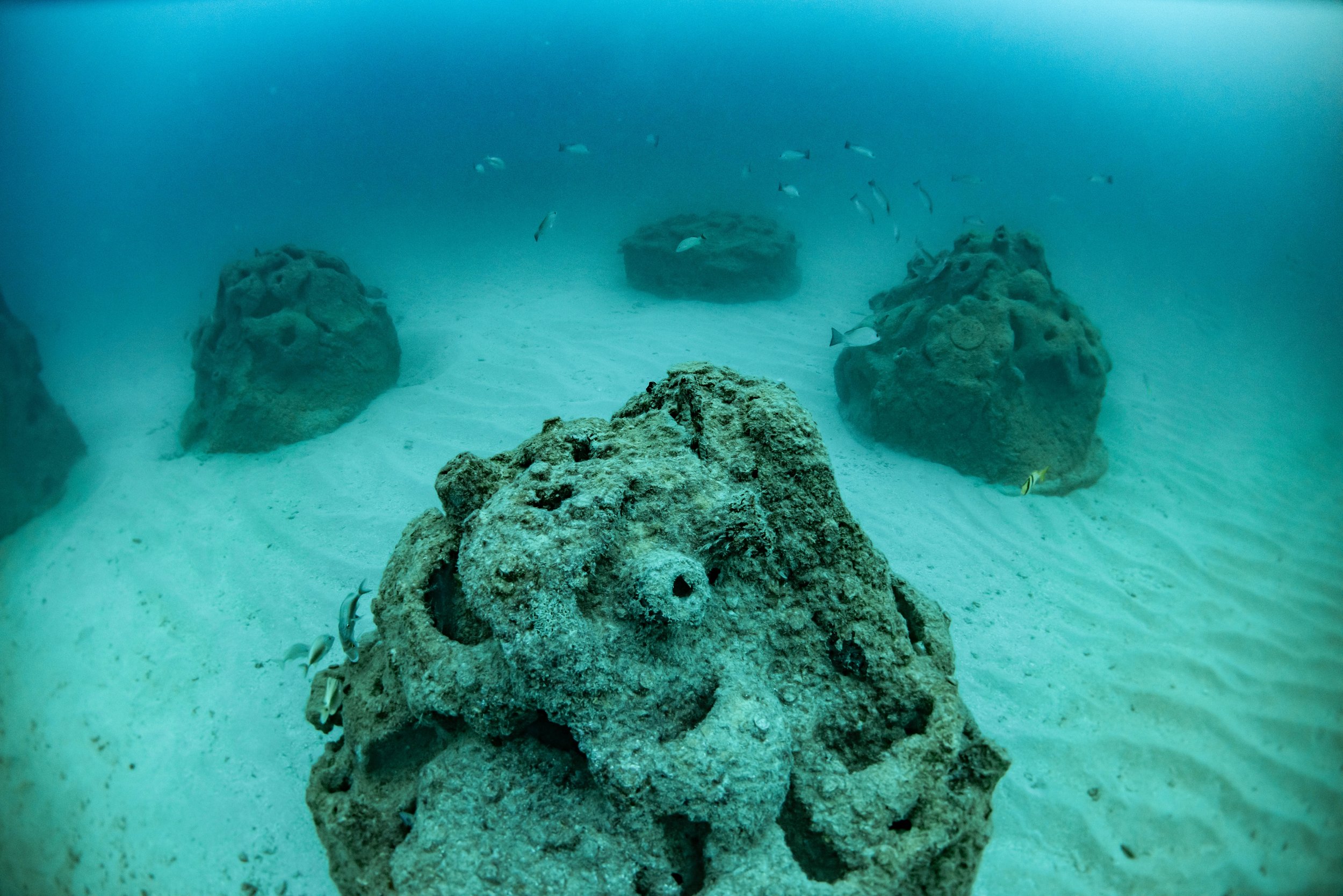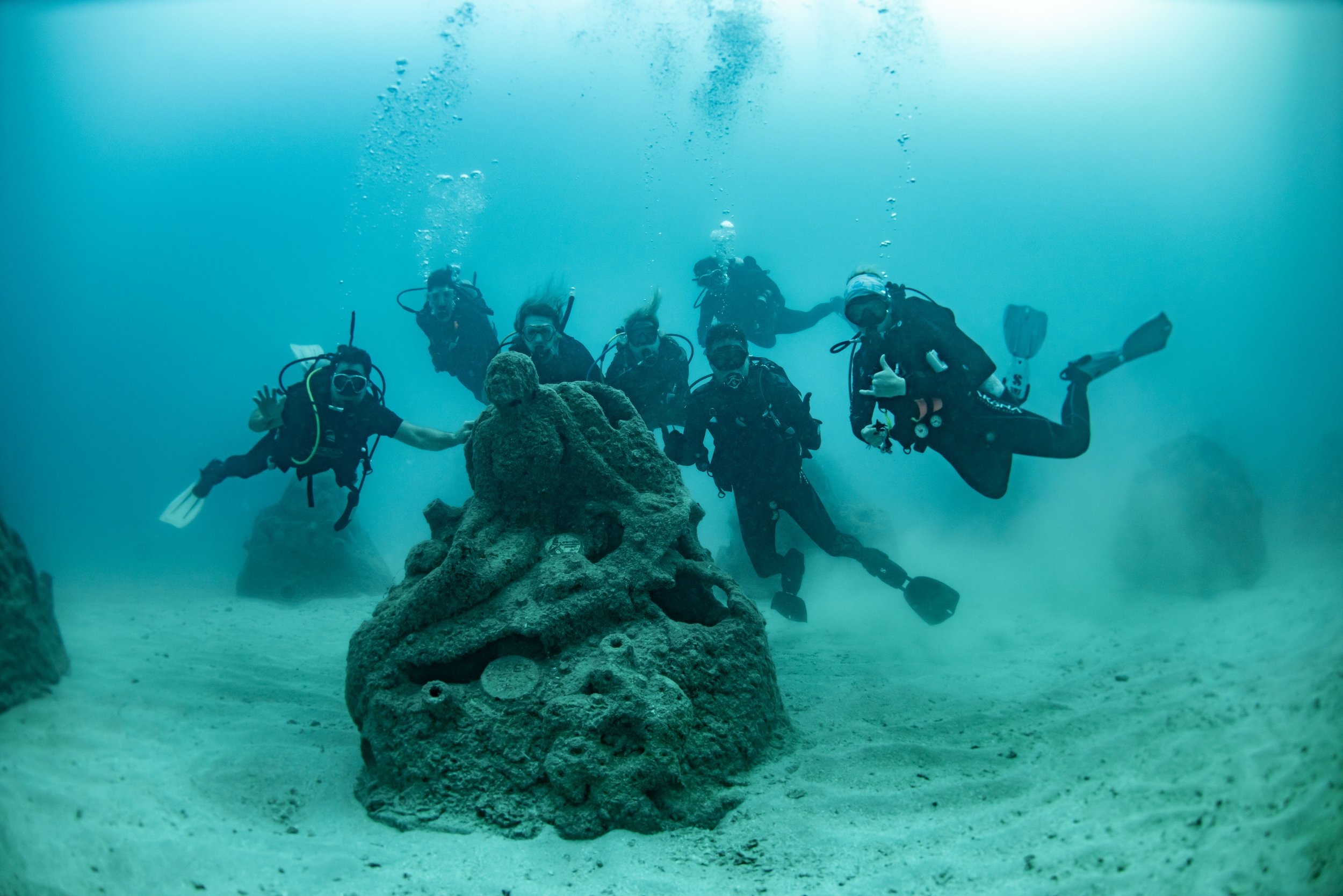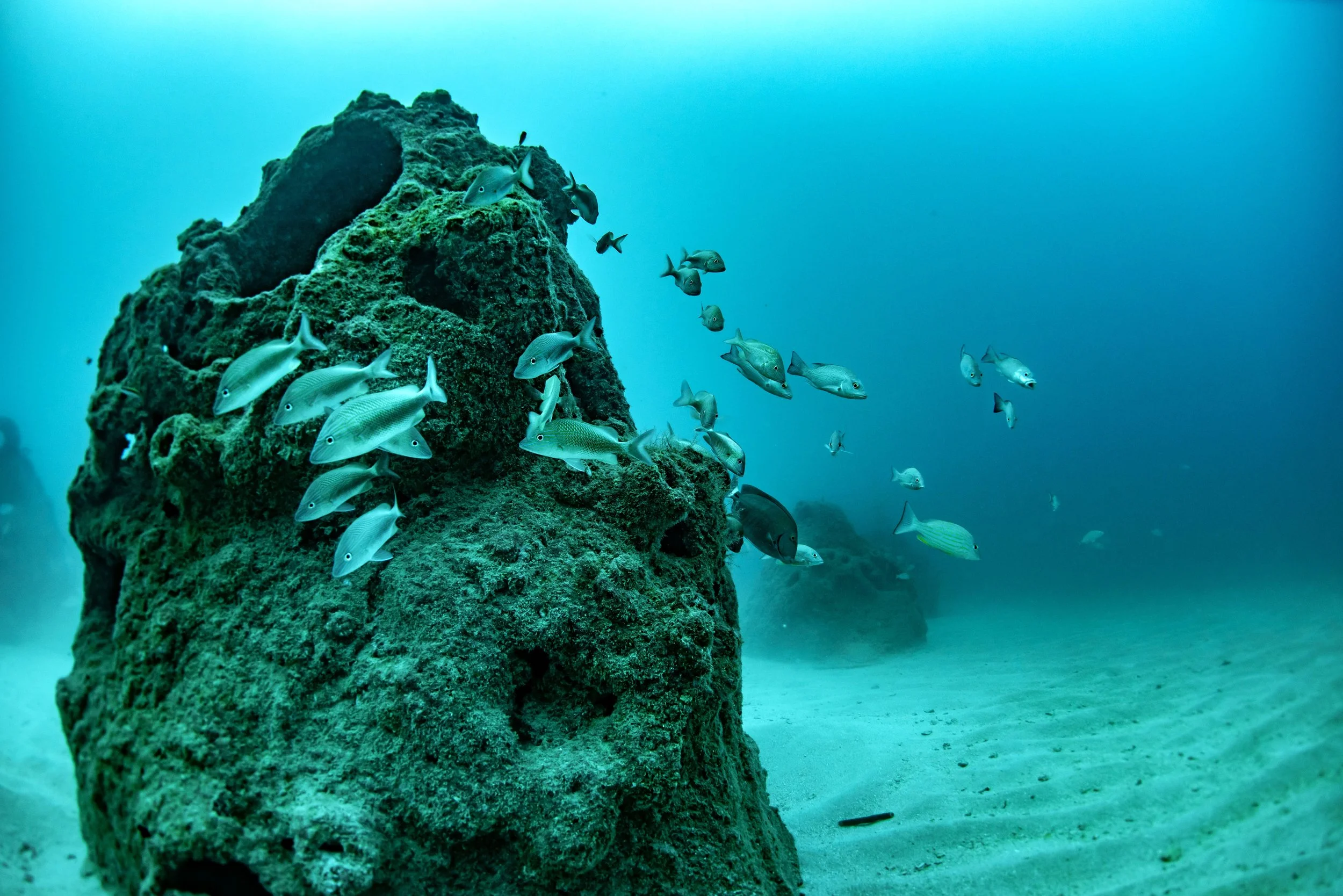Shaping Tomorrow's Shores: Artificial Reefs as an Eco-Friendly Erosion Solution
While pristine, sand-filled beaches have become the quintessential image of a coastal vacation, the process of sand-dredging, which involves transplanting sand from offshore locations or trucking in sand from land to achieve these aesthetics, has detrimental effects on the local marine ecosystem.
Besides enhancing the visual appeal of beaches, this traditional beach nourishment method aims to combat erosion. Since 1923, over 1.2 billion m3 of sand has been used to nourish beaches, most notably in states such as Florida and California (Elko, 2021). However, despite its widespread adoption, recent studies have uncovered its negative effects.
Beach Nourishment
The process of dumping large amounts of sand onto a beach often buries and suffocates marine organisms that live within the sediment, also known as the Benthic community. In turn, this harms the local seabirds and fish that rely on the Benthic community for nutrients (National Park Service). Furthermore, despite aiming to reduce erosion, these traditional beach nourishment methods often yield the opposite result. The addition of substantial quantities of sand to a coastal region can induce changes in wave patterns, resulting in the erosion of adjacent beaches. Finally, since sand-dredging isn’t a one-time solution and often requires ongoing maintenance to adapt to a changing coastline, it can be a major financial burden. While certain communities across the country have committed to this expensive method, the cost is often preventative for local governments, leaving their beaches without protection from erosion. From biodiversity reduction to the significant financial burden, there is a clear necessity for better solutions to coastal erosion than traditional beach nourishment methods.
Artificial Reefs
Wave mitigation technology, which uses several methods such as submerged structures and offshore water breaks, can preserve beach sediment by reducing wave energy before it hits the shore. Wave mitigation technology offers a sustainable alternative to reducing beach erosion without the necessity of transplanting vast quantities of sand, consequently averting negative impacts on the ecosystem. Furthermore, with one-time installments, this technology reduces the need for ongoing maintenance. Recently, Artificial Reefs have come to the forefront of wave mitigation technology due to their effectiveness in dissipating wave energy, increasing fish populations, and creating opportunities for eco-tourism (EcoShape) (Chong, 2022). As critical marine ecosystems are decreasing at an alarming rate, with over half of coral reefs lost since 1950, artificial reefs are a way to protect these delicate ecosystems (Ashworth, 2021). With artificial reefs demonstrating significant potential in enhancing marine habitats and mitigating erosion, dedicated individuals are now embarking on a mission to establish the most sustainable and efficient reef systems.
However, even artificial reef systems have been less than ideal solutions to this point. Historically, artificial reefs have been constructed using trash of land - sunken ships, construction pilings, or millions of tires dump in the ocean around Florida. These solutions have their own issues, including a lack of complex habitat space for different marine organisms to take refuge, a large amount of non-eco-friendly materials that lead to pollution, and low fish and coral biodiversity.
ORAI’s Artistic Artificial Reef Systems
Enter the Ocean Rescue Alliance International (ORAI), a non-profit organization focused on marine conservation and restoration; ORAI has worked to develop a unique solution to artificial reefs. Our artistic reefs aim to mend many of the challenges with current artificial reef programs; ORAI’s reefs use an eco-friendly, patented concrete mix that, when paired with complex habit designs, accurately mimics natural reef structures. Our reefs provide shelter for a plethora of marine species, encourage high biodiversity, and most uniquely, incorporate artistic sculptural designs into the reefs. We also have the ability to outplant corals on all of their structures to create a combination of green and gray infrastructure. The corals grow over time and add further habitat complexity, beauty, and coastal protection benefits to the artificial reefs. In regions where water conditions do not support corals, the ORAI team can even work with oysters and mangroves to address the specific needs of the local environment. No matter what species we incorporate into our reef designs, we focus on creating stunning dive sites that can draw tourists from far and wide while supporting the local marine ecosystem and spreading awareness about ocean conservation.
You can support Ocean Rescue Alliance International’s work by joining the Alliance today with a small monthly donation. You can follow @OceanRescueAlliance on social media and share the message with your friends and family. You can even tell your favorite beachfront hotel or resort to invest in an artistic artificial reef for their property.
Author: Juliet Sostena
Citations
Chong, L. (n.d.-a). Artificial reefs in Florida 101 – why are they built? part 1 of an artificial reef series. Ask IFAS - Powered by EDIS. https://edis.ifas.ufl.edu/publication/FR450
Chong, L. (n.d.-b). Artificial reefs in Florida 101 – why are they built? part 1 of an artificial reef series. Ask IFAS - Powered by EDIS. https://edis.ifas.ufl.edu/publication/FR450
Over half of coral reef cover across the world has been lost since 1950. Natural History Museum. (n.d.). https://www.nhm.ac.uk/discover/news/2021/september/over-half-of-coral-reef-cover-lost-since-1950.html
Purpose of reefs. EcoShape. (2020, June 13). https://www.ecoshape.org/en/knowledge-articles/artificial-reefs/purpose-of-reefs/#:~:text=Another%20reason%20for%20an%20artificial,forceful%20waves%20enter%20the%20coast.
Ruggiero, P., Williams, A. T., Ackerman, R., Armstrong, S. B., Barone, D. A., Blum, M. D., Campbell, T. J., Davis, R. A., Dean, R. G., Doody, J. P., Douglass, S. L., Elko, N., Everard, M., Flick, R. E., & Finegan, K. (2020, October 16). A century of U.S. beach nourishment. Ocean & Coastal Management. https://www.sciencedirect.com/science/article/abs/pii/S0964569120303136
U.S. Department of the Interior. (n.d.). Beach nourishment (U.S. National Park Service). National Parks Service. https://www.nps.gov/articles/beach-nourishment.htm#:~:text=Although%20beach%20nourishment%20may%20provide,species%20of%20seabirds%20and%20fishes.



